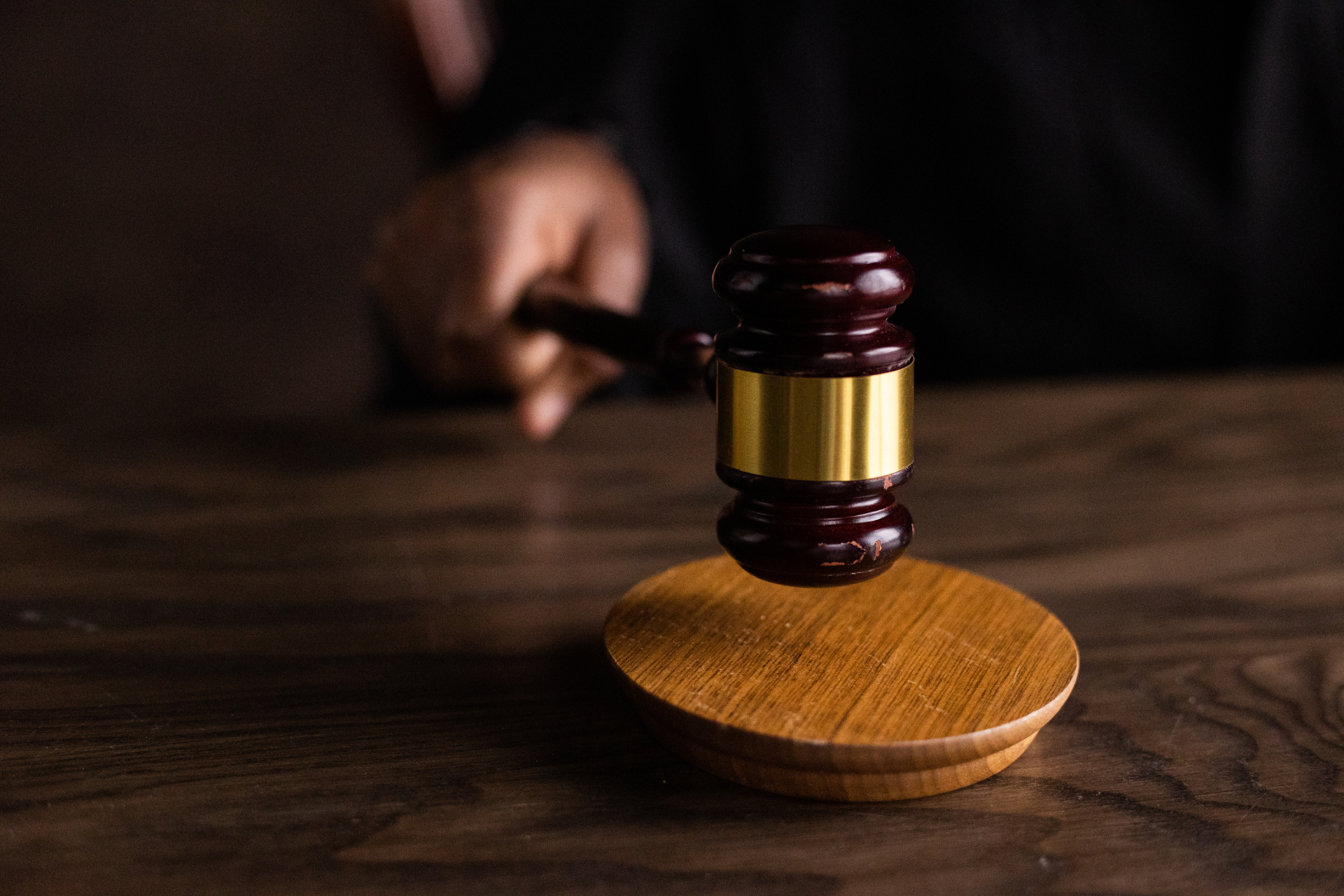By Scott Clearman
•
June 4, 2024
While we hope you never need it, having a foundational knowledge of the personal injury claim process can be incredibly beneficial, empowering you in the unfortunate event of an accident. With this in mind, we're sharing a clear overview of the process and important terms to help you understand the fundamentals of personal injury cases. A Basic Overview Personal injury cases cover civil claims against individuals or entities whose acts or omissions cause injury. Common types of personal injury cases include automobile accidents, medical malpractice, slip-and-fall incidents, and product liability. Each of these scenarios requires a nuanced understanding of legal responsibilities and liabilities. To establish a strong personal injury case, four fundamental elements must be present: duty, breach, causation, and damages. In cases like product liability, the duty is often presumed, meaning the law assumes certain responsibilities on the part of the defendant, such as safety in manufacturing. Other cases, such as assault and battery, require the plaintiff to prove intent. Element 1: Duty Duty refers to the legal obligation to act with a level of care that a reasonable person would exercise under similar circumstances. This can vary widely, depending on the specific situation. For example, all drivers have a duty to follow traffic laws and drive safely to avoid harming others on the road. A business, such as a supermarket, has a specific duty to ensure that its premises are safe for customers. Element 2: Breach of Duty Breach of duty occurs when the responsible party fails to meet the expected standard of care. General duty refers to broad, societal expectations, requiring everyone in similar circumstances to act reasonably and prevent foreseeable harm. An example of breaching this duty is a driver texting while driving, neglecting the general obligation to drive safely, which leads to an accident. Specific duty, in contrast, stems from particular relationships or situations that demand specific actions to avert harm. For instance, a store owner who ignores a known hazard, such as a loose floor tile, is breaching this specific duty by failing to ensure a safe environment, resulting in a customer's injury. Element 3: Causation Causation links the breach of duty directly to the injuries sustained. This connection is essential for the claim to be valid: If a car accident occurs because a driver ran a red light (breach of duty) and this directly results in another driver suffering a neck injury (causation), then the first driver would be responsible. However, if the injured driver had a pre-existing neck condition that was demonstrably worsened by the accident, the causation between the breach and the specific injury might be harder to prove. Element 4: Damages Damages in personal injury cases are categorized as economic and non-economic. Economic damages are quantifiable costs incurred by the plaintiff, while non-economic damages cover subjective impacts such as pain and suffering and loss of enjoyment of life. If you believe you have a case, it is essential to consult with a board-certified civil trial lawyer, recognized for their expertise in personal injury law. The Clearman Law Firm, PLLC, meets and exceeds this threshold, and we are here to assist you with any questions or concerns. Contact us today to discuss your situation and how we can help.












